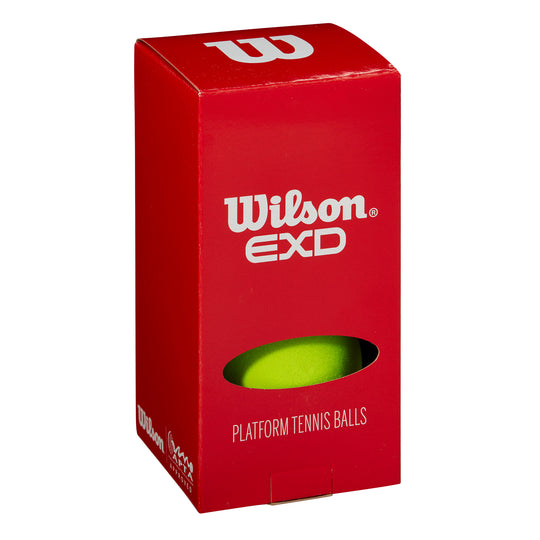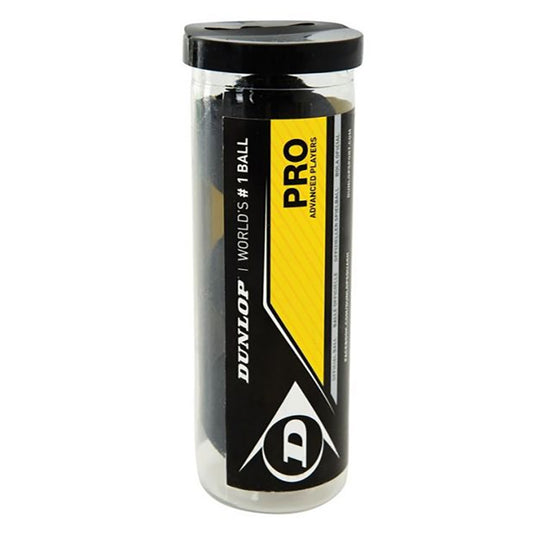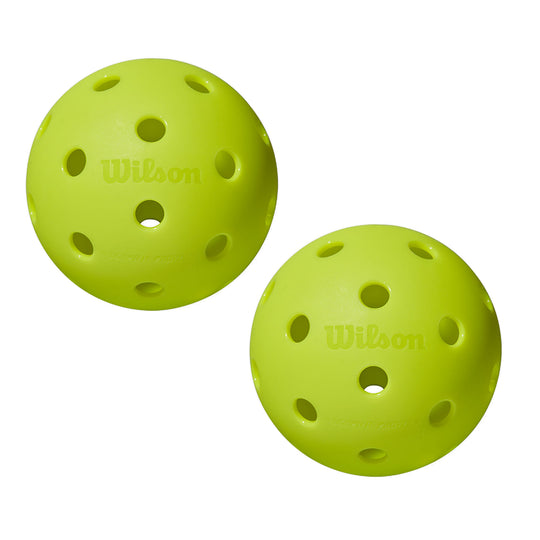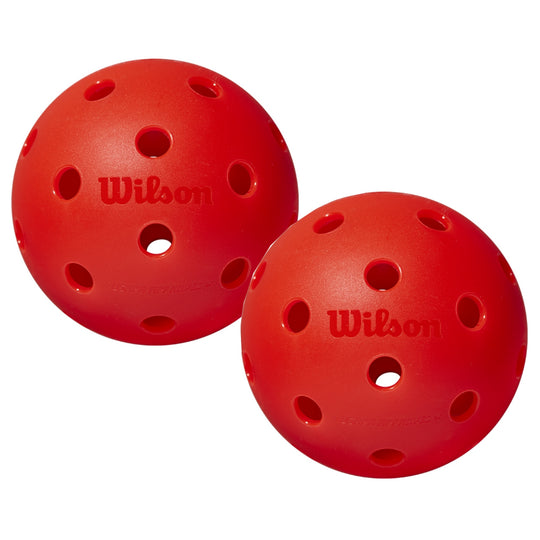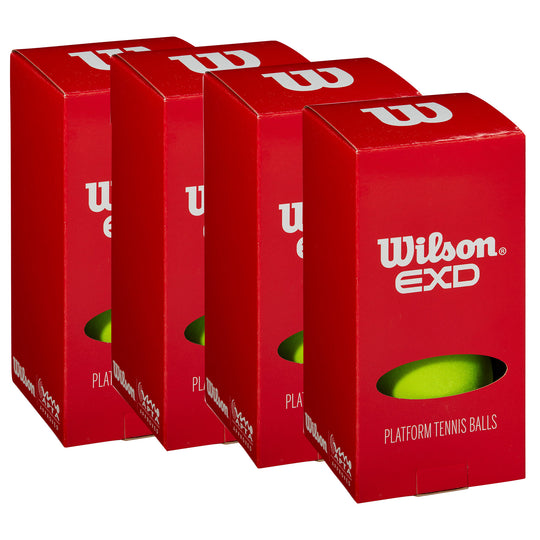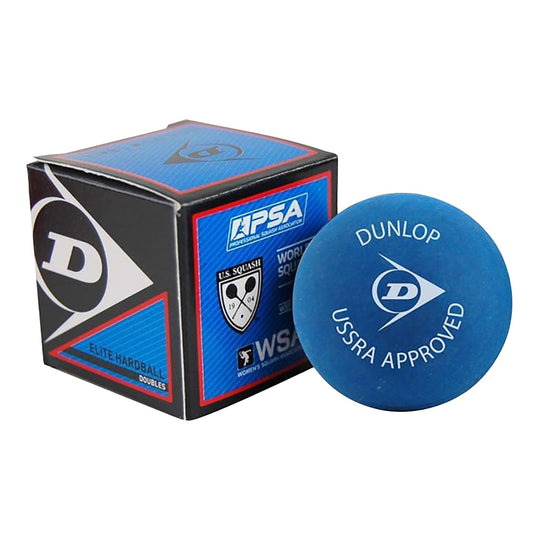Balls
Early History - Balls for Racquet Sports
Substances used in early tennis balls included leather, wool-wrapped animal stomachs, putty mixed with human hair, pine wood, and various animal parts including intestines, fur and muscles. Sometimes string and rope were part of the construction. The use of rubber began in Europe only after Columbus’ return from his voyages to the Americas. The 1870’s saw rubber balls exported to Britain from Germany for use in lawn tennis. By 1882, rubber covered with wool ushered in the modern construction of tennis balls.
Tennis Balls
Millions are produced annually all over the world. Felt covers a rubber compound core. There are two broad categories:
Pressurized: air in the core creates uniform bounces. But the pressure gradually leakes out making them useless after a few hours of use. Pressurized cans preserve balls for later use.
Pressureless: a thicker rubber core creates long lasting bounce. Slightly heavier, these are typically used for practice with current research trying to produce better competition versions.
Packaging formerly was in pressurized metal cans. Now plastic is used.
Squash Balls
Made of two pieces of rubber fused together, different balls are used depending on playing ability and conditions. Dunlop, for instance, labels balls by player ability level. Some manufacturers use a colored dot system to differentiate:
Major manufacturers include Dunlop, Technifibre, and Black Knight.
Pickleball balls
Made of plastic compounds, two broad categories exist:
Outdoor balls: designed to last under the harsher conditions found outside, the holes are smaller and the plastic harder. They should last longer and play faster.
Indoor balls: softer with texture, these are easier to spin and can be used outdoors. They typically do not last as long.
There are many manufacturers including Franklin, Penn, and Dura.
Racquetball balls
Different colors signify different speeds.
The biggest manufacturers are Penn, Ektelon, and Wilson.
If you are playing a racquet sport using the right ball can make the difference between having fun or not. Between winning or not. Between improving or not. Don’t know what to buy? Check out our Learning Center for Buying Guides and other valuable tips and hints. Got questions? Call us for help. Tennisracquets.com is your best source for balls, racquets, clothing, shoes and everything you need to get out there and play.

